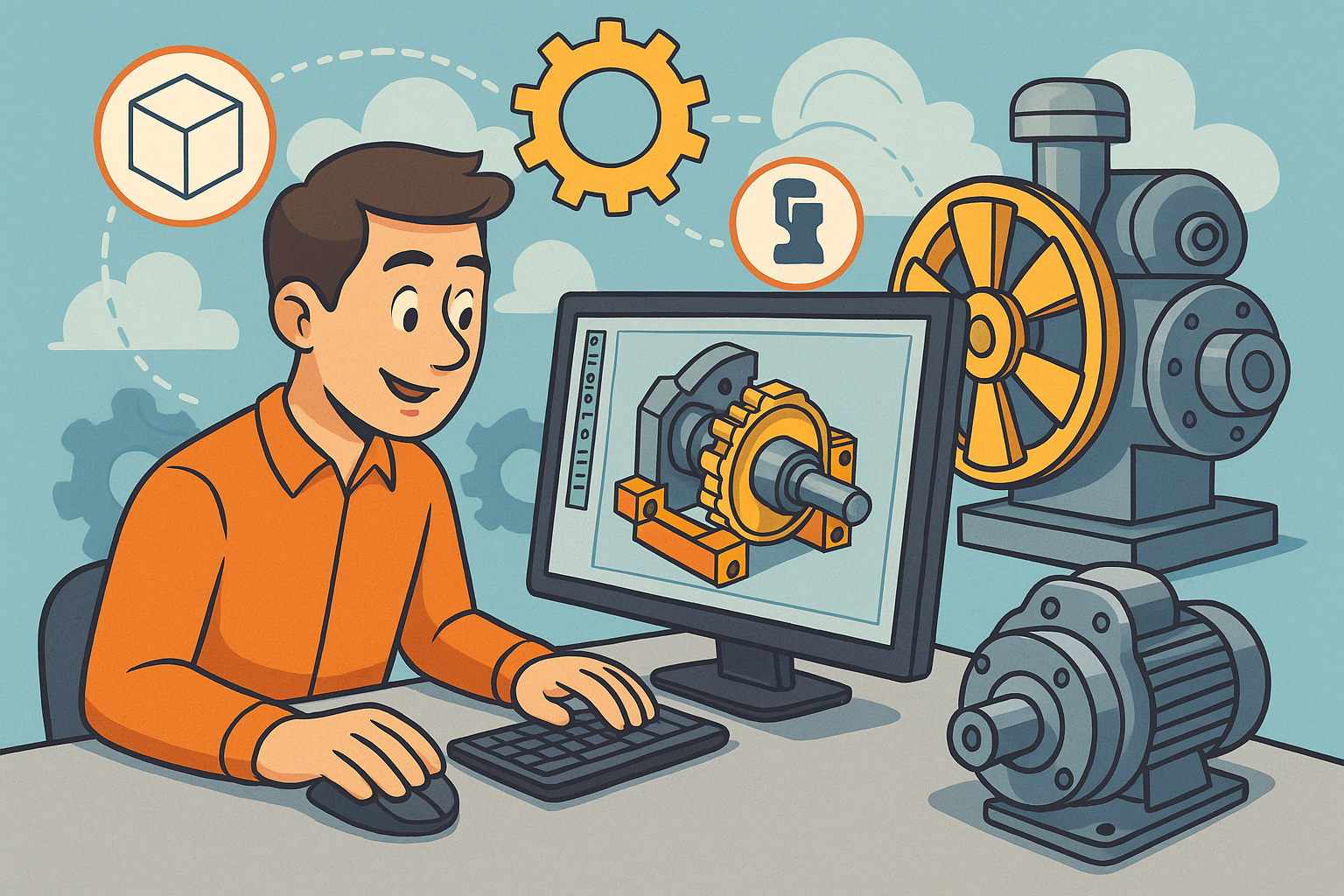Your Cart is Empty
Customer Testimonials
-
"Great customer service. The folks at Novedge were super helpful in navigating a somewhat complicated order including software upgrades and serial numbers in various stages of inactivity. They were friendly and helpful throughout the process.."
Ruben Ruckmark
"Quick & very helpful. We have been using Novedge for years and are very happy with their quick service when we need to make a purchase and excellent support resolving any issues."
Will Woodson
"Scott is the best. He reminds me about subscriptions dates, guides me in the correct direction for updates. He always responds promptly to me. He is literally the reason I continue to work with Novedge and will do so in the future."
Edward Mchugh
"Calvin Lok is “the man”. After my purchase of Sketchup 2021, he called me and provided step-by-step instructions to ease me through difficulties I was having with the setup of my new software."
Mike Borzage
ZBrush Tip: Enhancing Hard Surface Sculpting Techniques in ZBrush
March 26, 2024 2 min read

Sculpting hard surface models in ZBrush can seem daunting, but it's a skill that can bring your concept art and character models to the next level. With its robust toolset, ZBrush offers various techniques to create these mechanical and manufactured-looking elements. Here are some tips to enhance your hard surface sculpting skills:
- Start with Basic Shapes: Block out your hard surface design using simple shapes. You can use ZModeler Brush, Insert Meshes, and ArrayMesh to create the basic form of your object. Focus on getting the silhouette and proportion right before adding details.
- ZModeler Brush: Familiarize yourself with the ZModeler brush, which is specifically designed for hard surface modeling. Use actions like QMesh, Bevel, and Insert Edge Loop to refine your shapes and add complexity.
- Plan Your Edges: Hard surface models often have sharp edges and smooth surfaces. Use Creasing to maintain sharp edges during subdivision. Alternatively, use the DynaMesh feature with Polish to get a crisp look.
- Use Clipping, Trimming, and Slicing Brushes: These brushes are excellent for cutting into your geometry and creating mechanical parts. Remember, these brushes do not remove geometry but rather reshape it, so consider the topology after using them.
- Boolean Operations: The Live Boolean feature allows for non-destructive subtraction, addition, or intersection of shapes. It's perfect for creating complex hard surface cuts and joins that would be difficult to sculpt manually.
- Polypaint for Precision: Use Polypaint to plan out where details or different materials will be on your model. This can serve as a guide when you begin adding finer details or when using the Masking feature to isolate areas for detailed work.
- Alphas and Surface Noise: Utilize alpha textures and the Surface Noise feature to add intricate patterns or surface detail that would be tedious to sculpt by hand.
- Hardsurface Brushes: There are brushes designed for hard surface sculpting such as Trim Dynamic, Planar, hPolish, and the Dam Standard brushes. Utilize them to define planes and edges, and to add wear and tear for a more realistic look.
- Refining with Subdivision Levels: Work from low to high subdivision levels to progressively add detail. This allows for greater control and prevents you from adding unnecessary details too early in the sculpting process.
- Keep Organized: Use polygroups and subtools to keep parts of your model organized. This will make it easier to select, hide, or mask different sections of your model, especially as it becomes more complex.
Remember, hard surface modeling in ZBrush is like sculpting any other form—it requires practice and patience. Experiment with different techniques to find what works best for your workflow. For a wide selection of digital design software, including ZBrush, visit NOVEDGE.
You can find all the ZBrush products on the NOVEDGE web site at this page.
Also in Design News

Advancing Collaborative Design: From Real-Time Editing to AI-Driven Insights
August 02, 2025 8 min read
Read More
Design Software History: Autodesk Inventor: Pioneering Innovations in Design Software and Transforming Mechanical Engineering Workflows
August 02, 2025 16 min read
Read More
ZBrush Tip: Mastering Realistic Hair and Fur Sculpting Techniques in ZBrush
August 02, 2025 2 min read
Read MoreSubscribe
Sign up to get the latest on sales, new releases and more …


